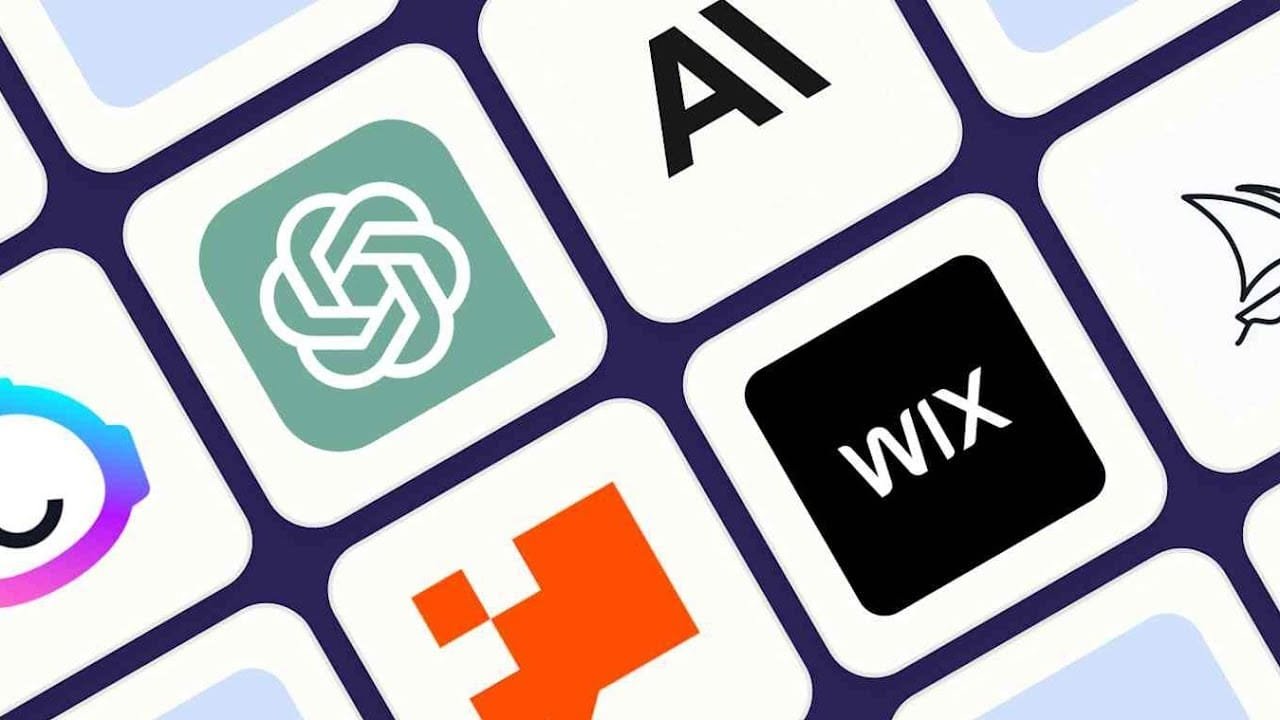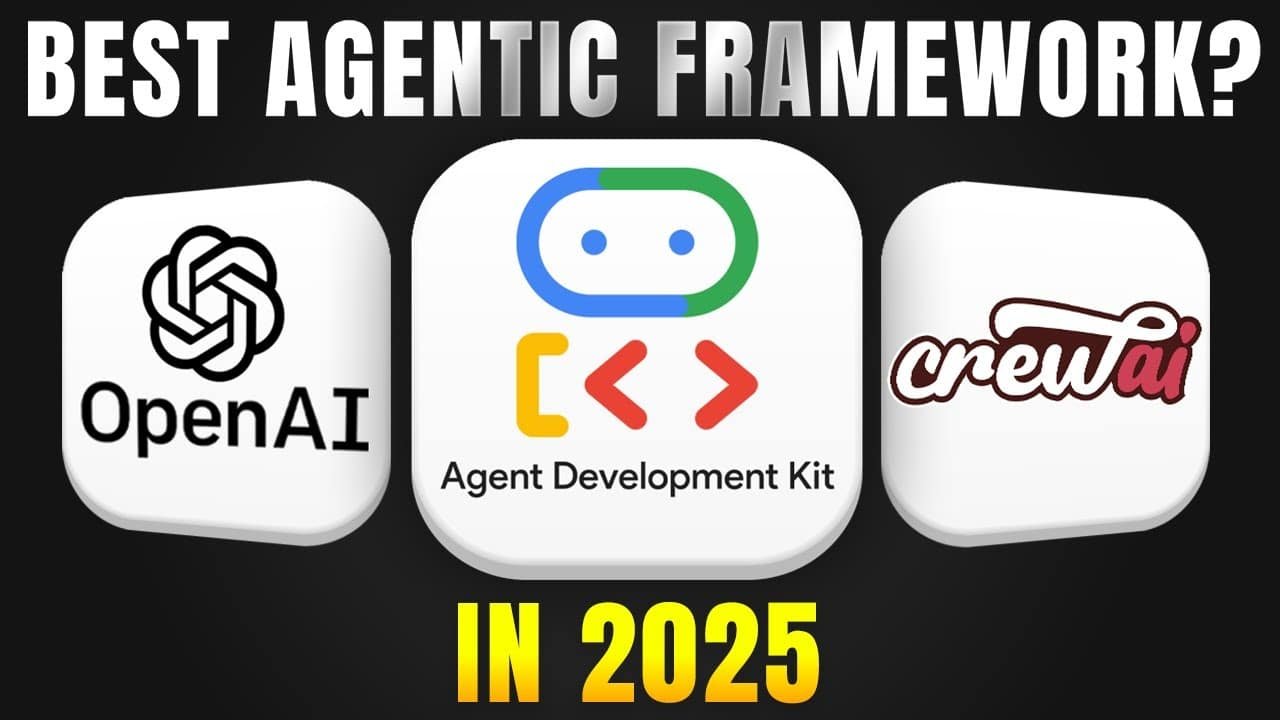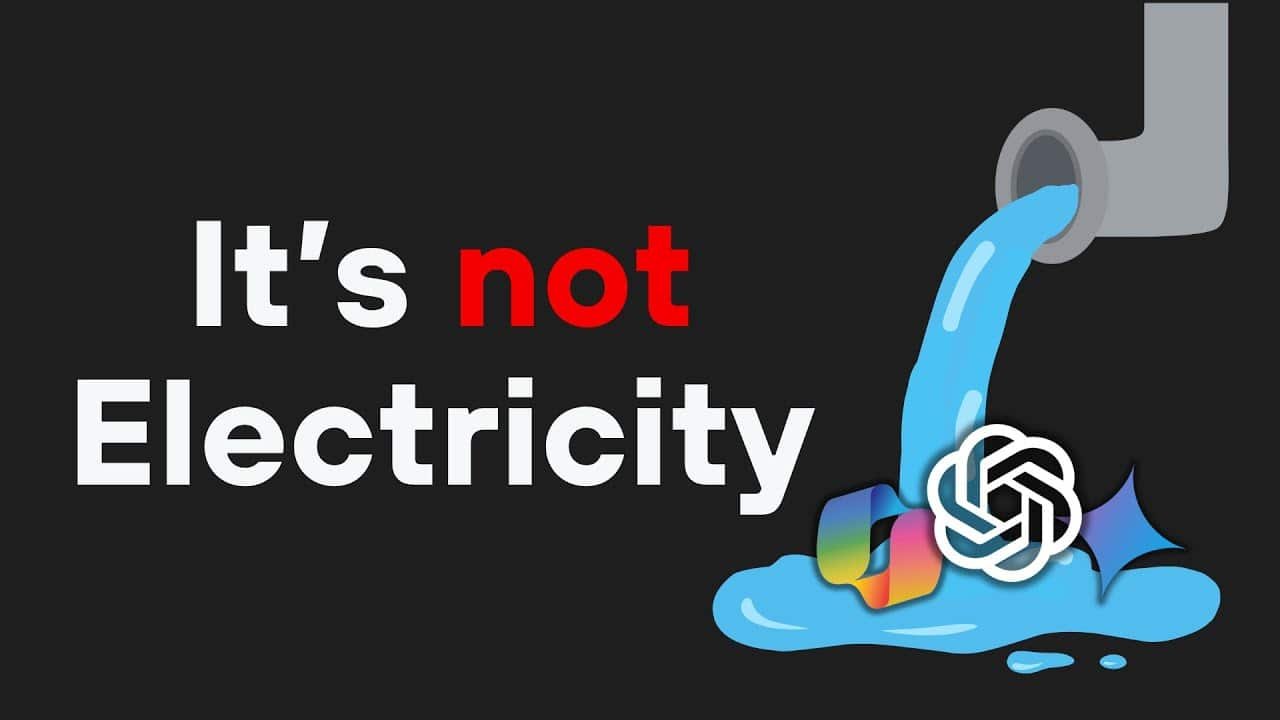Using AI to Write a Letter of Recommendation: A Comprehensive Guide
Writing a letter of recommendation can be a daunting task, especially when you want to craft something impactful that truly helps someone advance their career or education. With the rise of artificial intelligence tools, many people are turning to AI assistance for creating these important documents. This comprehensive guide explores how to effectively leverage AI for recommendation letters while maintaining authenticity, ethics, and personal touch.
Understanding the Purpose of Recommendation Letters
Before diving into AI tools, it’s essential to understand what makes a recommendation letter effective. A strong letter of recommendation serves several critical functions:
- Validates skills and achievements: It confirms the candidate’s abilities from an external perspective
- Provides context: It explains how the recommender knows the candidate and in what capacity
- Offers specific examples: It includes concrete instances that demonstrate the candidate’s qualities
- Evaluates potential: It assesses how the candidate might perform in their desired position or program
- Differentiates the candidate: It highlights what makes this person stand out from others
Recommendation letters are particularly crucial for university applications, as they give admissions committees insight into aspects of a candidate that grades and test scores cannot reveal.
The Rise of AI in Recommendation Letter Writing
In recent years, AI writing tools have become increasingly sophisticated, capable of producing human-like text across various formats. For recommendation letters, AI offers several potential benefits:
- Overcoming writer’s block: Provides a starting point when facing a blank page
- Time efficiency: Generates drafts quickly, especially helpful when writing multiple letters
- Structure guidance: Ensures letters follow professional formatting and organization
- Language enhancement: Offers vocabulary suggestions and polishes phrasing
- Consistency: Maintains a professional tone throughout the document
According to a 2024 study mentioned in GovTech, approximately one-third of teachers have reported using AI to assist with writing recommendation letters, highlighting the growing adoption of this technology in academic settings.
Best AI Tools for Writing Recommendation Letters

Free Tools
ChatGPT (Free Tier)
- Features: Basic text generation, editing suggestions, formatting guidance
- Best for: Creating initial drafts and getting structure ideas
- Limitations: The free version has limited context understanding and less sophisticated outputs than paid versions
Grammarly’s AI Letter Writer
- Features: Specialized letter templates, grammar checking, tone adjustments
- Best for: Creating well-structured letters with proper formatting
- Limitations: Limited customization in the free version
Easy-Peasy.AI Letter of Recommendation Generator
- Features: Purpose-built for recommendation letters with specialized templates
- Best for: Quick generation of professional-sounding recommendation letters
- Limitations: May produce somewhat generic results without extensive customization
WritingMate’s AI Recommendation Letter Generator
- Features: No login required, streamlined interface
- Best for: Basic recommendation letters with minimal setup
- Limitations: Less sophisticated than enterprise options
GradGPT
- Features: Specifically designed for academic recommendation letters
- Best for: University applications and academic contexts
- Limitations: Limited free runs before requiring payment
Paid Tools
ChatGPT Plus ($20/month)
- Features: Access to advanced AI models, better context understanding, more refined outputs
- Best for: Detailed, personalized recommendation letters requiring nuance
- Cost: $20/month subscription
TextCortex
- Features: AI writing assistant focused on business and professional writing
- Best for: Professional recommendation letters with industry-specific terminology
- Cost: Various pricing tiers starting around $8/month
Jasper
- Features: Extensive templates, AI content generation focusing on professional quality
- Best for: Marketing professionals writing business recommendations
- Cost: Starting at approximately $39/month
Wordvice AI
- Features: Specialized academic and professional letter templates
- Best for: Academic recommendation letters requiring specialized language
- Cost: Pay-per-use model
Microsoft Copilot (previously Bing Chat)
- Features: Integrated with Microsoft products for seamless workflow
- Best for: Those already using Microsoft ecosystem
- Cost: Various subscription options based on Microsoft 365 plans
How to Use AI for Writing University Recommendation Letters
Using AI effectively for recommendation letters requires a strategic approach. Here’s a step-by-step guide:
1. Gather Comprehensive Information
Before engaging with any AI tool, collect detailed information about:
- The candidate: Their academic achievements, skills, personal qualities, and notable experiences
- Your relationship: How long you’ve known them, in what capacity, and specific interactions
- The target program: Requirements, values, and qualities the university seeks
- Specific examples: Concrete instances that demonstrate the candidate’s abilities and character
- Comparison points: How the candidate compares to peers or previous students
The quality of your AI-generated letter directly depends on the quality of information you provide.
2. Creating an Effective AI Prompt
When using AI tools, the prompt you provide significantly impacts the output quality. For recommendation letters, effective prompts should:
- Clearly state the purpose of the letter (university application, scholarship, etc.)
- Specify the relationship between recommender and candidate
- Include key achievements, skills, and qualities to highlight
- Mention specific anecdotes or examples to incorporate
- Indicate desired tone (formal, enthusiastic, measured, etc.)
- Request appropriate structure and length
Sample Prompt Template:
I need to write a recommendation letter for [Student Name] who is applying to [University/Program]. I've been their [Your Relationship] for [Time Period].
Key strengths to highlight:
1. [Strength 1 with specific example]
2. [Strength 2 with specific example]
3. [Strength 3 with specific example]
Notable achievements:
1. [Achievement 1]
2. [Achievement 2]
Please write a professional, authentic-sounding letter of recommendation that is approximately [length] paragraphs long. The tone should be [formal/enthusiastic/etc.]. Include my information as [Your Name], [Your Position] at [Your Institution].
3. Critical Review and Personalization
AI-generated content should never be used verbatim. After receiving the AI draft:
- Fact-check everything: Ensure all information is accurate and relevant
- Add personal touches: Include specific anecdotes only you would know
- Review for authenticity: Modify language that doesn’t sound like your voice
- Adjust tone: Ensure the enthusiasm level matches your actual opinion
- Check for specificity: Replace generic statements with concrete examples
- Verify structure: Ensure the letter follows appropriate academic formatting
- Add human nuance: Include subjective assessments that AI might miss
4. Formatting Requirements for University Recommendation Letters
Most university recommendation letters should follow this structure:
- Header: Your contact information, date, and recipient’s address
- Salutation: Formal greeting (typically “Dear Admissions Committee” if not specified)
- Introduction: Your relationship to the applicant and a clear statement of recommendation
- Body paragraphs: Specific examples and evaluations organized by theme (academic ability, personal qualities, etc.)
- Comparative assessment: How the candidate ranks among peers
- Conclusion: Reaffirmation of recommendation and offer to provide additional information
- Signature: Your name, title, and institution
Length considerations: Most university recommendation letters should be 1-2 pages (400-600 words). Letters that are too short may appear non-committal, while excessively long ones risk losing the reader’s attention.
Ethical Considerations When Using AI for Recommendation Letters
The use of AI in writing recommendation letters raises several ethical considerations that must be carefully navigated:
Authenticity and Honesty
A recommendation letter is fundamentally a personal endorsement. Using AI raises questions about authenticity:
- The ethics of representation: Does the letter truly represent your views and experiences?
- Disclosure considerations: Should you disclose that AI assisted in drafting the letter?
- Trust implications: Does AI usage undermine the trust placed in recommendation letters?
Research published in medical journals like CJS (Canadian Journal of Surgery) suggests that while AI can produce well-structured letters, they often lack the personal connection and specific insights that make recommendation letters valuable.
University Policies and Detection
Many universities are developing policies around AI-generated content:
- Some institutions have implemented AI detection tools in their admissions processes
- Detection capabilities vary widely, with false positives and negatives common
- According to discussions on academic platforms like StackExchange, human reviewers can often spot AI-generated text through telltale signs:
- Generic language and lack of specific details
- Unnaturally perfect structure
- Absence of personal anecdotes
- Inconsistencies in tone or voice
- Repetitive phrasing patterns
A 2024 study by Originality.ai found that while many admissions offices check for AI-generated content, the technology for reliably detecting AI writing is still evolving.
Finding the Ethical Balance
When using AI for recommendation letters, consider these ethical guidelines:
- Use AI as a tool, not a replacement: Let AI help with structure and language, but ensure the content reflects your genuine assessment
- Maintain honesty: Never include claims or experiences that didn’t occur
- Focus on personalization: Ensure the final letter contains specific details only you would know
- Consider disclosure: In some contexts, it may be appropriate to disclose AI assistance
- Follow institutional guidelines: Some universities have policies about AI usage in application materials
Best Practices for AI-Assisted University Recommendation Letters

To create effective, ethical AI-assisted recommendation letters for university applications:
DO:
- Provide rich context to the AI: Give detailed information about the student, including specific examples of their work and character
- Heavily edit the AI output: Treat the AI draft as just a starting point
- Add personal anecdotes: Include stories and experiences that only you would know
- Verify all claims: Ensure everything in the letter is factually accurate
- Customize for the specific university: Tailor the letter to align with the values and focus of the target institution
- Include comparative assessments: Add your evaluation of how the student ranks among peers
- Maintain your voice: Edit until the letter sounds like you wrote it
DON’T:
- Submit unedited AI content: Never use AI-generated text without significant review and customization
- Include generic praise: Avoid vague compliments without specific supporting evidence
- Exaggerate qualifications: Don’t let AI embellish beyond the student’s actual achievements
- Ignore formatting requirements: Ensure the letter follows any specific guidelines provided by the university
- Forget to proofread: AI can make factual errors or logical inconsistencies
- Use AI to write about things you don’t know: If you can’t verify something, don’t include it
- Let AI determine your recommendation level: The strength of your recommendation should be your decision, not the AI’s
Case Study: Effective AI-Assisted Recommendation Letters
Let’s examine how a professor might use AI effectively for a recommendation letter:
Scenario: Professor Martinez needs to write a recommendation for Maya, a standout student applying to graduate programs in neuroscience.
Step 1: Professor Martinez collects specific information:
- Maya’s GPA and academic achievements
- Two research projects they collaborated on
- Maya’s unique approach to problem-solving
- Her leadership in the lab
- Comparative assessment (top 5% of students in 10 years)
Step 2: Professor creates a detailed prompt for ChatGPT:
I need to write a recommendation letter for Maya Chen who is applying to the Neuroscience PhD program at Stanford. I've been her research mentor for 2 years. Maya has a 3.95 GPA and completed two research projects under my supervision: one on neural correlates of decision-making that resulted in a co-authored publication in Neuroscience Letters, and another on memory formation using EEG that she presented at the regional conference.
What makes Maya stand out is her innovative approach to methodology—specifically, she developed a new protocol for our EEG studies that reduced noise by 15%. She also demonstrated leadership by training three undergraduate students in the lab.
Compared to other students I've mentored, Maya is in the top 5% in terms of research potential. Please draft a 1-page recommendation letter that sounds authentic and includes these specific details while maintaining a formal academic tone.
Step 3: Professor reviews the AI-generated draft and makes substantial changes:
- Adds a specific anecdote about Maya troubleshooting equipment failure during an experiment
- Adjusts language to match his typical writing style
- Adds technical details about her research contributions
- Includes his personal assessment of her potential as a researcher
- Ensures the letter follows Stanford’s preferred format
Step 4: Professor finalizes the letter with his signature and contact information.
The result is a recommendation letter that uses AI for structure and basic content but is thoroughly personalized with the professor’s authentic voice and insights.
Common Pitfalls and How to Avoid Them
When using AI for recommendation letters, watch for these common issues:
Generic language: AI tends toward general statements. Replace phrases like “excellent communication skills” with specific examples like “clearly explained complex research findings to non-specialist audiences at the undergraduate research symposium.”
Factual errors: AI might fabricate details. Verify every claim and achievement mentioned.
Inconsistent tone: The letter should maintain a consistent voice throughout. Edit sections that don’t match your typical communication style.
Overly formal or flowery language: Academic recommendation letters should be professional but not excessively formal. Simplify overly complex sentences.
Missing comparative context: Add specific rankings or comparisons to other students to provide context for the candidate’s abilities.
Lack of genuine enthusiasm: If the AI-generated letter seems too measured when you’re truly excited about the candidate, adjust the language to reflect your actual level of enthusiasm.
Forgetting institutional context: Customize the letter for the specific university and program, referencing how the candidate’s qualities align with the institution’s values.
The Future of AI in Recommendation Letters
As AI technology continues to evolve, several trends are emerging:
More sophisticated AI detection: Universities are likely to implement more advanced systems to identify AI-generated content.
Institutional policies: More universities will develop explicit policies about AI usage in application materials.
Hybrid approaches: Recommenders may increasingly use AI as a collaborative writing tool rather than a content generator.
Specialized AI tools: More purpose-built AI tools specifically for academic recommendations will likely emerge.
Greater emphasis on verification: Universities may place increased importance on verifying the authenticity of recommendation letters through follow-up communications.
Conclusion: Finding the Right Balance
AI tools can be valuable allies in writing recommendation letters, especially for busy professionals who need to produce multiple letters. However, the most effective approach treats AI as a writing assistant rather than a replacement for personal input.
The ideal AI-assisted recommendation letter combines:
- The efficiency and structure that AI provides
- The personal knowledge and authentic voice that only a human recommender can offer
- Specific examples and anecdotes that demonstrate genuine familiarity with the candidate
- Honest assessment of strengths and potential areas for growth
By striking this balance, you can create recommendation letters that are both efficient to produce and genuinely helpful to the candidates you’re supporting. Remember that at its heart, a recommendation letter is a personal endorsement—and the personal element remains irreplaceable, even in an age of advancing AI capabilities.
Whether you’re a professor writing dozens of letters each application season or a manager supporting an employee’s educational aspirations, AI tools can help streamline the process while allowing your authentic assessment and voice to shine through. The key is using these tools responsibly, ethically, and as supplements to—never substitutes for—your personal evaluation and recommendation.
Recommended Resources
For those looking to further explore ethical AI usage in academic writing:
University writing centers often provide guidelines on recommendation letters (e.g., UNC Writing Center)
Professional organizations such as the American Association of Collegiate Registrars and Admissions Officers (AACRAO) offer guidance on evolving admission practices
AI ethics resources from institutions like the MIT Media Lab provide frameworks for responsible AI usage
The National Association for College Admission Counseling (NACAC) offers best practices for recommendation letters
By approaching AI as a tool to enhance—rather than replace—your authentic voice and assessment, you can create recommendation letters that serve their intended purpose: helping deserving candidates advance their educational and professional journeys.
If you’re also interested in how AI can enhance your content strategy, check out our guide on how to use AI to create product showcases for engaging and effective marketing visuals.










